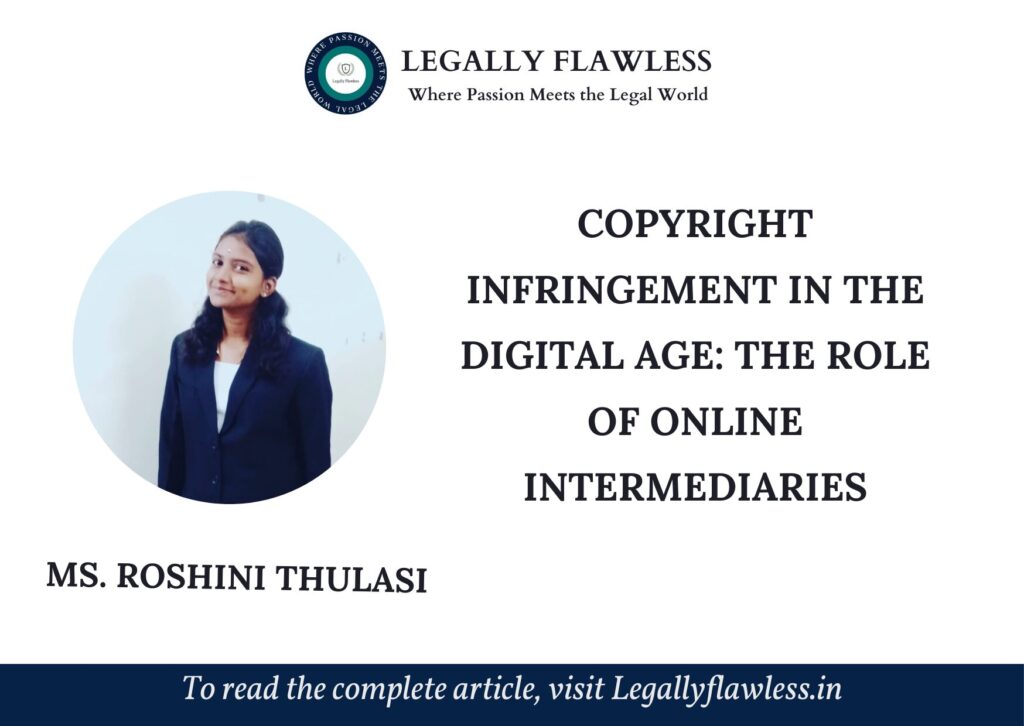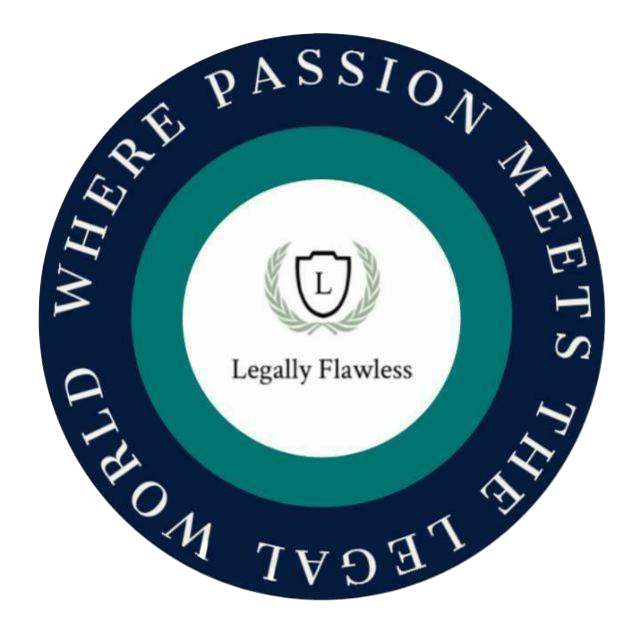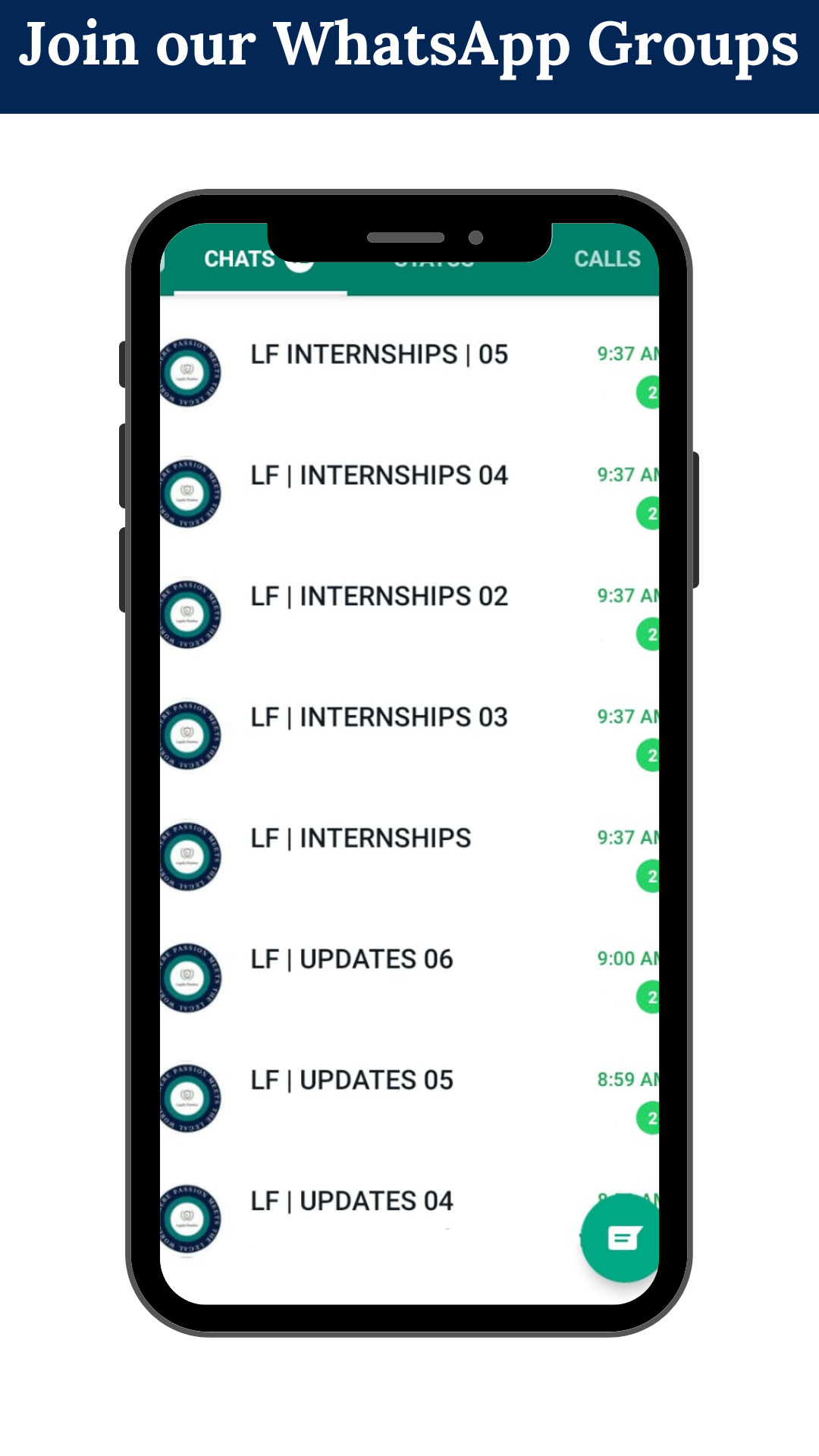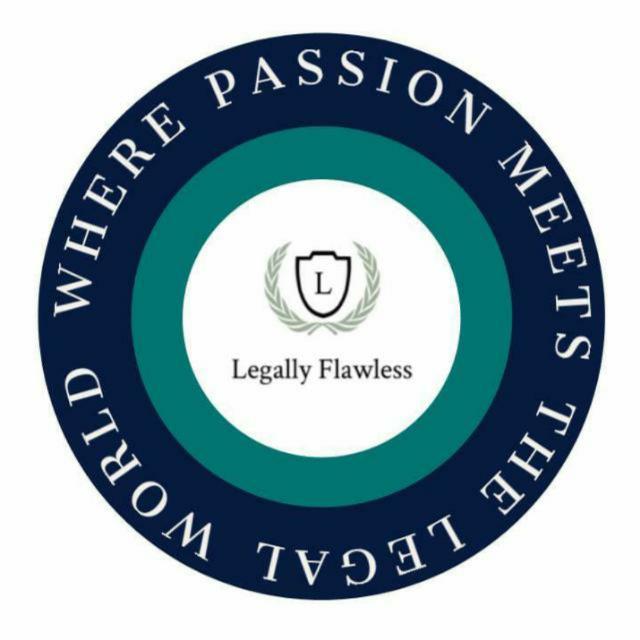
Table of Contents
Introduction
The digital revolution has unleashed a torrent of creative expression, but also a maelstrom of copyright infringement. Online intermediaries, the linchpins of the internet, find themselves caught in the crossfire, struggling to balance their role as facilitators of user-generated content with the need to protect intellectual property rights. As the digital landscape continues to evolve, the issue of copyright infringement by online intermediaries has become a pressing concern, threatening the very foundations of creativity and innovation. Copyright violations not only undermine the economic interests of rights holders but also impact the broader creative ecosystem. As such, implementing effective measures to combat copyright infringement is crucial for sustaining a vibrant and equitable digital economy. The importance of addressing copyright violations in the digital age cannot be overstated. The proliferation of online platforms has created an environment where copyright infringement can spread like wildfire, causing irreparable harm to rights holders and undermining the incentives for creative expression.
At the heart of this issue lies the safe harbour clause, a provision in copyright law that shields online intermediaries from liability for user-generated content, provided they meet certain requirements. This clause has been both a blessing and a curse, offering online intermediaries a measure of protection, but also creating a safe haven for copyright infringers. This paper seeks to navigate the complex web of copyright infringement by online intermediaries, exploring the tensions between creativity, innovation, and intellectual property rights. Through a critical examination of the safe harbour clause and its application in copyright law, this research aims to contribute to the ongoing debate on how to address copyright violations in the digital age, and to propose solutions that balance the needs of rights holders, online intermediaries, and users alike. In essence, the interplay between copyright law, online intermediaries, and the safe harbour clause defines the contemporary landscape of digital content sharing. Moving forward, it is imperative to critically evaluate and refine these frameworks to uphold the integrity of intellectual property rights while fostering a conducive environment for creativity and technological advancement.
Understanding Copyright Infringement
Copyright infringement is a stealthy adversary that lurks in the digital shadows, threatening to pilfer the creative fruits of an artist’s labour. In today’s digital landscape, this issue presents a complex array of challenges encompassing the unauthorised use, reproduction, distribution, or adaptation of copyrighted works without permission from the rights holder. This phenomenon not only challenges traditional notions of ownership and fair use but also raises significant legal, ethical, and economic concerns. In the online sphere, where content can be shared instantaneously and globally, distinguishing between permissible uses and violations can be particularly challenging. Moreover, the rapid evolution of technology constantly reshapes how copyrighted material is created, consumed, and protected. Addressing copyright infringement requires a nuanced approach that balances the rights of creators with the public’s access to information and innovation. By exploring the dynamics of copyright law in light of digital advancements, stakeholders can develop more effective strategies to safeguard intellectual property while promoting creativity and knowledge dissemination in a digital world[1].
Definition and Scope
Copyright infringement is a creative counterfeit that masquerades as original work, threatening to undermine the very fabric of innovation. At its core, it refers to the unauthorised use, reproduction, distribution, or adaptation of copyrighted works without the explicit permission of the rights holder. This can encompass a wide range of actions, from copying entire texts or images to making derivative works based on original creations. Copyright law casts a protective shield over a diverse array of creative endeavours, including:
- Literary works: novels, poetry, and even software code
- Musical compositions: melodies, lyrics, and harmonies
- Artistic creations: paintings, sculptures, and photographs
- Cinematographic works: movies, television shows, and digital videos
- Sound recordings: music, podcasts, and audiobooks
These creative works are the lifeblood of innovation, and copyright law ensures that their creators receive the recognition and rewards they deserve. By understanding what constitutes copyright infringement and the types of works protected, we can better navigate the complex landscape of intellectual property rights and foster a culture of creativity and originality[2].
Common forms of infringement
Copyright infringement has found a fertile ground in the online world, where the ease of sharing and accessing content has created a breeding ground for intellectual property theft. Online copyright infringement manifests in various forms, primarily through unauthorised distribution and sharing of copyrighted material. One common example is peer-to-peer (P2P) file sharing, where users exchange copyrighted music, movies, software, and other digital content without permission from rights holders. This practice often circumvents legal avenues for purchasing or licensing content, thereby depriving creators of rightful compensation. Online intermediaries, such as internet service providers (ISPs), search engines, social media platforms, and hosting services, play a pivotal role in either facilitating or mitigating copyright infringement. While these platforms enable global access to information and creative works, they can inadvertently support infringement through lax enforcement of copyright policies or insufficient monitoring of user-generated content. Moreover, online infringement often involves the exploitation of user-generated content platforms, where users can upload and share content without adequate checks or balances. This has led to the proliferation of infringing content on platforms like YouTube, TikTok, and Twitch, where copyrighted materials are often used without permission. The anonymous nature of the internet and the ease of creating fake accounts have also emboldened infringers, making it challenging for rights holders to track and prosecute online infringement. By working together, online intermediaries, rights holders, and policymakers can create a safer online environment that respects the intellectual property rights of creators[3]
The legal framework governing copyright and online intermediaries
The legal framework governing copyright and online intermediaries is complex and varies significantly across jurisdictions, shaped by international treaties, national laws, and court decisions. At its core, copyright law grants creators exclusive rights to control the reproduction, distribution, and public performance of their works. Online intermediaries, such as internet service providers (ISPs), search engines, social media platforms, and hosting services, often fall under intermediary liability rules, which determine their responsibility for hosting or transmitting copyrighted material uploaded by users. In many jurisdictions, intermediary liability is governed by the safe harbour provisions of laws like the Digital Millennium Copyright Act (DMCA) in the United States or the E-Commerce Directive in the European Union. These laws generally shield intermediaries from liability for copyright infringement committed by their users if they promptly respond to takedown notices from rights holders. This framework aims to balance the interests of copyright holders in protecting their works with the need for internet freedom and innovation. Some countries impose stricter requirements on intermediaries to monitor and prevent infringement proactively, while others emphasise the importance of preserving freedom of expression and limiting intermediary liability to maintain an open internet ecosystem. The evolving nature of digital technologies and online practices continually challenges existing legal frameworks, necessitating ongoing debates and updates to adapt copyright law to the realities of the internet age. Balancing the rights of creators, the responsibilities of intermediaries, and the interests of users remains a dynamic and critical area of legal and policy development in the digital era.
National and International Laws
The legal framework governing copyright and online intermediaries is a complex tapestry of international treaties, national laws, and industry agreements. The Indian Copyright Act of 1957, amended in 2012, provides a robust framework for copyright protection in India, while also acknowledging the role of online intermediaries in facilitating copyright infringement. The Act’s provisions on safe harbour, takedown notices, and intermediary liability have been instrumental in shaping the online copyright landscape in India. Globally, the Digital Millennium Copyright Act (DMCA) in the US and the EU’s Directive on Copyright in the Digital Single Market have set the tone for online intermediary liability, requiring them to take proactive measures to prevent copyright infringement on their platforms. However, the effectiveness of these measures in preventing online infringement remains a subject of debate. As the online landscape continues to evolve, the legal framework governing copyright and online intermediaries must adapt to address emerging challenges, such as AI-generated content, blockchain-based platforms, and cross-border infringement. Effective collaboration between policymakers, industry stakeholders, and creators is essential to ensure that the legal framework promotes innovation, creativity, and access to knowledge, while protecting the rights of copyright holders[4]
Role and Responsibilities of Online Intermediaries
In the realm of copyright law, online intermediaries bear significant legal responsibilities and obligations. These obligations are primarily governed by the Digital Millennium Copyright Act (DMCA) in the United States and similar laws in other jurisdictions. Online intermediaries play a crucial role in facilitating online interactions, transactions, and content sharing, but they also have significant responsibilities under copyright laws. Defined as entities that provide platforms or services that enable users to access, host, or share content online, online intermediaries include internet service providers, social media platforms, search engines, and content sharing sites. Under The Copyright Act,1957, online intermediaries have legal obligations to prevent copyright infringement on their platforms, including duties to:
- Implement effective notice-and-takedown procedures
- Maintain records of user-generated content
- Adopt repeat infringer policies; and
- Provide information about copyright infringement to rights holders.
Additionally, online intermediaries may be required to obtain licences or permissions from rights holders to host or share copyrighted content, and to implement content recognition technologies to identify and block infringing content[5]. By fulfilling these responsibilities, online intermediaries can help protect the intellectual property rights of creators, while also promoting innovation, creativity, and access to knowledge online. Overall, the role and responsibilities of online intermediaries in copyright law underscore their dual role as facilitators of digital content and guardians of intellectual property rights. Their compliance with legal obligations not only ensures a fair digital environment but also fosters creativity and innovation on the internet[6].
The Safe harbour clause
Copyright infringement online is a pervasive issue exacerbated by the ease of sharing digital content across global platforms. The Safe Harbour Clause, a pivotal legal concept in many jurisdictions, provides a framework that shields online intermediaries from liability for the actions of their users under certain conditions[7]. This clause is enshrined in laws like the Digital Millennium Copyright Act (DMCA) in the United States and similar legislation worldwide. The Safe Harbour Clause is a provision in copyright laws that shields online intermediaries from liability for copyright infringement committed by their users, provided they meet certain requirements. By providing a safe harbour, lawmakers aim to encourage online intermediaries to continue innovating and providing platforms for user-generated content, while also protecting the rights of copyright holders. To qualify for safe harbour protection, online intermediaries must meet specific conditions, in India u Der the Information Technology Act, 2000 such as[8]:
- Adopting and implementing a notice-and-takedown procedure for handling copyright infringement claims
- Maintaining records of user-generated content
- Adopting a repeat infringer policy; and
- Providing information about copyright infringement to rights holders.
- ‘Active Participant’ and Safe Harbour Protection – Section 79(1) of the IT Act states that an intermediary shall not be liable for any third-party information, data, or communication link made available or hosted by it, providead that it fulfils the conditions prescribed in Section 79(2) and Section 79(3) therein.[9]
Online intermediaries must also demonstrate that they have no actual knowledge of infringing activity and have not financially benefited from such activity. By meeting these conditions, online intermediaries can avoid liability for copyright infringement and ensure that their platforms remain vibrant and innovative. The Safe Harbour Clause has been instrumental in shaping the online landscape, enabling online intermediaries to host vast amounts of user-generated content without fear of crippling liability. However, the clause has also faced criticism for creating a “notice-and-takedown” culture, where rights holders can request removal of content without necessarily proving infringement. This has raised concerns about censorship, free speech, and the potential for abuse by rights holders. As the online landscape continues to evolve, the Safe Harbour Clause will likely require ongoing refinement to balance the interests of copyright holders, online intermediaries, and users.
Conditions for Safe Harbour Protection
Safe Harbour protections for online intermediaries are contingent upon meeting specific criteria designed to balance their operational freedoms with responsibilities towards copyright enforcement. One fundamental criterion is the establishment of a designated agent to receive and act upon notifications of claimed copyright infringement[10]. This agent serves as a point of contact for copyright holders to issue takedown notices, which intermediaries must promptly respond to by disabling access to or removing the infringing material. Furthermore, intermediaries must implement and enforce policies that terminate accounts of repeat infringers in appropriate circumstances. This measure is crucial for demonstrating a commitment to deterring copyright violations and complying with legal obligations under frameworks like The Digital Millennium Copyright Act (DMCA) in the United States. Failure to adhere to these criteria can disqualify intermediaries from Safe Harbour protection. Similarly, intermediaries that have actual knowledge of infringing activity and fail to act expeditiously to remove or disable access to such content may also forfeit their Safe Harbour protections. These conditions underscore the delicate balance between protecting intellectual property rights and fostering innovation and free expression on the internet. Intermediaries play a crucial role in maintaining this balance by responsibly managing the content hosted on their platforms while upholding their obligations under copyright law.
Case Studies and Judicial Interpretations
Landmark Cases outside the India
There are some case studies and judicial interpretations of landmark cases on copyright infringement by online intermediaries:
- Court: US Court of Appeals for the Second Circuit
- Outcome: YouTube entitled to safe harbour protection
- Analysis: The court held that YouTube had implemented a robust notice-and-takedown procedure and lacked actual knowledge of infringing activity, thereby qualifying for safe harbour protection.
2. MGM Studios v. Grokster (2005)
- Court: US Supreme Court
- Outcome: Grokster disqualified from safe harbour protection
- Analysis: The court found that Grokster had induced copyright infringement and failed to take steps to prevent it, disqualifying it from safe harbour protection.
- Court: Supreme Court of Canada
- Outcome: Google ordered to remove infringing content globally
- Analysis: The court held that Google’s search engine was a key facilitator of access to infringing content and ordered it to remove the content globally.
4. Cox Communications v. BMG Rights Management (2018)
- Court: US Court of Appeals for the Fourth Circuit
- Outcome: Cox Communications disqualified from safe harbour protection
- Analysis: The court found that Cox had failed to implement a robust repeat infringer policy and had actual knowledge of infringing activity, disqualifying it from safe harbour protection.
- Court: High Court of England and Wales
- Outcome: BSkyB ordered to block access to infringing websites
- Analysis: The court held that BSkyB’s internet services were used to facilitate access to infringing content and ordered it to block access to the websites.
These landmark cases have shaped the interpretation of the safe harbour clause and provide guidance for online intermediaries seeking to avoid liability for copyright infringement. The judicial reasoning and outcomes in these cases highlight the importance of implementing robust notice-and-takedown procedures, repeat infringer policies, and taking steps to prevent infringement.
Landmark cases in India
There are some case studies and judicial interpretations of landmark cases on copyright infringement by online intermediaries in India,
1. Super Cassettes Industries Ltd. v. MySpace Inc. (2012)
- Court: Delhi High Court
- Outcome: MySpace entitled to safe harbour protection
- Analysis: The court held that MySpace had implemented a robust notice-and-takedown procedure and lacked actual knowledge of infringing activity, thereby qualifying for safe harbour protection.
2. KKR Entertainment v. YouTube (2013)
- Court: Bombay High Court
- Outcome: YouTube entitled to safe harbour protection
- Analysis: The court held that YouTube had implemented a robust notice-and-takedown procedure and lacked actual knowledge of infringing activity, thereby qualifying for safe harbour protection.
3. Eros International Media Ltd. v. YouTube (2014)
- Court: Delhi High Court
- Outcome: YouTube ordered to remove infringing content
- Analysis: The court held that YouTube had failed to remove infringing content despite receiving notice and ordered it to remove the content.
4. Myspace Inc. v. Super Cassettes Industries Ltd. (2015)
- Court: Supreme Court of India
- Outcome: MySpace entitled to safe harbour protection
- Analysis: The court upheld the Delhi High Court’s decision, holding that MySpace had implemented a robust notice-and-takedown procedure and lacked actual knowledge of infringing activity.
5. Union of India v. Shri Sai Infosystem (2016)
- Court: Delhi High Court
- Outcome: Intermediary liable for copyright infringement
- Analysis: The court held that the intermediary had failed to implement a robust notice-and-takedown procedure and had actual knowledge of infringing activity, making it liable for copyright infringement.
These landmark cases in India have shaped the interpretation of the safe harbour clause and provide guidance for online intermediaries seeking to avoid liability for copyright infringement. The judicial reasoning and outcomes in these cases highlight the importance of implementing robust notice-and-takedown procedures and taking steps to prevent infringement.
Recent Developments
The safe harbour clause in India has undergone significant changes in recent years, shaped by legal developments and decisions. The Information Technology (Intermediary Guidelines and Digital Media Ethics Code) Rules, 2021, have introduced new requirements for online intermediaries, including a mandatory grievance redressal mechanism and a strict timeline for responding to takedown notices. These changes aim to balance the rights of copyright holders with the need to protect free speech and innovation online.
- Implications for Online Intermediaries: The recent developments have significant implications for online intermediaries in India. They must now implement more robust notice-and-takedown procedures, respond to takedown notices within strict timelines, and establish grievance redressal mechanisms. Failure to comply may result in loss of safe harbour protection, making them liable for copyright infringement. Online intermediaries must also navigate the complexities of the new rules, which may require significant changes to their business models and practices.
- Implications for Copyright Holders: The recent developments also have implications for copyright holders in India. They now have a more streamlined process for requesting takedowns and can expect online intermediaries to respond promptly. However, they must also be aware of the new requirements for providing valid takedown notices and the potential for counter-notices from users. Copyright holders must balance their need to protect their rights with the need to avoid abusive takedown notices that may infringe on free speech and innovation.
Copyright Protection vs. Innovation
In India, the interplay between copyright protection and fostering innovation presents a complex challenge that requires balancing the interests of various stakeholders. On one hand, copyright protection in India seeks to ensure that creators and rights holders are fairly compensated for their works, encouraging creativity and cultural development. The Copyright Act grants authors and creators exclusive rights over their works, including the right to reproduce, distribute, and display their creations. On the other hand, promoting innovation and technological progress requires facilitating an environment where digital platforms and intermediaries can thrive. These entities play a pivotal role in enabling user-generated content, knowledge sharing, and creative expression online. Safeguarding their interests through mechanisms like the safe harbour clause under the Information Technology Act, 2000, is essential for fostering a vibrant digital economy and encouraging entrepreneurship in the tech sector. Striking the right balance involves crafting policies and legal interpretations that protect copyright holders’ rights without stifling the transformative potential of digital technologies. Moving forward, addressing these challenges will require continued collaboration among policymakers, industry stakeholders, and legal experts to develop nuanced regulatory frameworks that support both copyright protection and innovation in India’s dynamic digital landscape.
Importance of Copyright Protection
Copyright protection plays a vital role in promoting creativity and innovation in India by providing creators with exclusive rights over their works. Copyright protection also fosters a culture of innovation, as creators are incentivized to build upon existing works and push the boundaries of knowledge and art.
- Economic Significance: The economic significance of copyright protection in India cannot be overstated. The creative industries, including music, film, literature, and software, contribute significantly to India’s GDP and employment.
- Cultural Significance: Copyright protection also holds immense cultural significance in India, where traditional knowledge and cultural expressions are an integral part of the country’s heritage. By protecting these expressions, copyright laws help to preserve India’s rich cultural diversity and promote its unique identity on the global stage.
- Role in Promoting Creativity: The role of copyright in promoting creativity and innovation in India is multifaceted. By striking a balance between protecting creators’ rights and promoting public access to works, copyright laws can foster a vibrant creative ecosystem that benefits both creators and society as a whole.
- Future Directions: As India continues to evolve as a knowledge-based economy, the importance of copyright protection will only continue to grow. It is essential to ensure that copyright laws remain effective in promoting creativity, innovation, and economic growth, while also adapting to emerging challenges and technologies.
Conclusion
Copyright infringement by online intermediaries is a complex issue that requires a nuanced understanding of copyright law, the role of online intermediaries, and the need to balance competing interests. The safe harbour clause plays a crucial role in protecting online intermediaries from liability for copyright infringement committed by their users. However, the clause must be carefully calibrated to avoid stifling innovation and free speech. The Indian Copyright Act, 1957, and international treaties like the Berne Convention and TRIPS Agreement provide a framework for copyright protection and the responsibilities of online intermediaries. Landmark cases like Super Cassettes Industries Ltd. v. MySpace Inc. and KKR Entertainment v. YouTube have shaped the interpretation of the safe harbour clause in India. Recent developments, such as the introduction of the Information Technology (Intermediary Guidelines and Digital Media Ethics Code) Rules, 2021, have attempted to address the challenges posed by online copyright infringement. However, the balance between copyright protection and innovation remains a delicate one. By understanding the nuances of copyright infringement by online intermediaries, we can work towards creating a legal framework that fosters a vibrant and inclusive online ecosystem.
This article is authored by Ms. Roshini Thulasi, student at Dr. Ambedkar Government Law College, Chennai
[1]Digital Piracy and Copyright Infringement, https://unfoldlaw.in/digital-piracy-and-copyright-infringement/
[2] https://bytescare.com/blog/what-is-copyright
[3] https://www.investopedia.com/terms/c/copyright-infringement.asp
[4] https://www.wipo.int/edocs/pubdocs/en/wipo-pub-918-23-en-creative-expression.pdf
[5] The Information Technology (Intermediary Guidelines and Digital Media Ethics Code)
Rules, 2021, https://www.meity.gov.in/
[6]https://www.wipo.int/copyright/en/docs/role_and_responsibility_of_the_internet_intermediaries_final.pdf
[7] Section 79 of the Information Technology Act, 2000 https://rainmaker.co.in/blog/view/
.
[8]https5://papers.ssrn.com/sol3/Delivery.cfm/SSRN_ID1159640
[9] Safe Harbour Protection for E-Commerce platforms, https://corporate.cyrilamarchandblogs.com/2021
[10] The Digital Millennium Copyright Act (DMCA), Section 512(c)(2)
All efforts are made to ensure the accuracy and correctness of the information published at Legally Flawless. However, Legally Flawless shall not be responsible for any errors caused due to oversight or otherwise. The users are advised to check the information themselves.


